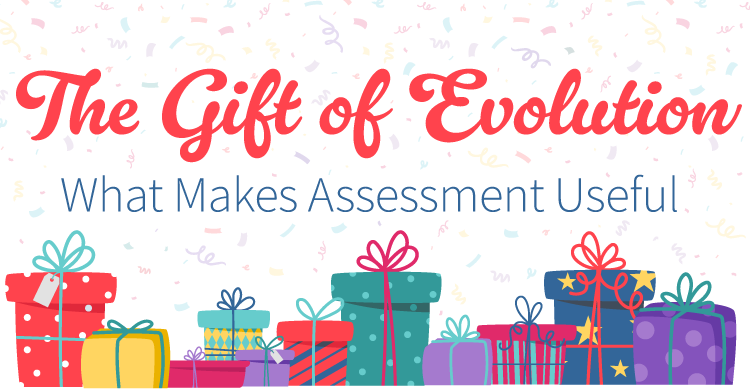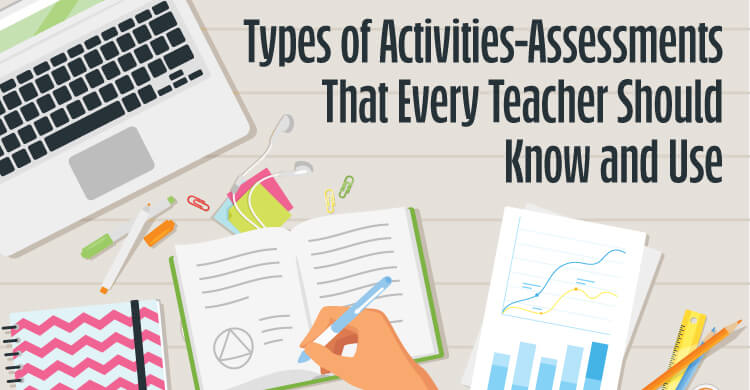According to Sidney Parnes, if teachers ask these two questions following a learning situation, they will take that learning to a new and higher level.
- How does this connect to something you already know?
- How might you use this in the future?
These two questions ask student to make connections to prior knowledge and to think about applications they envision for future use. When used, the questions raise the rigor with reflective thinking, deepen understanding of the concept or skill and push the transfer for relevant and timely application.
“What’s the Take Away?” That is the question for me that zeros in on transfer of learning. It’s an appropriate question to ask about a news headline, a movie trailer, a blog post, a concert, a play and even a simple conversation. “What’s the Take Away?” focuses the learner on the learning. In fact, it almost forces the learner to make sense of what he or she has just experienced in a personal and relevant way.
When I was a high school student in a small town in upstate New York, I would sit in Mr. Brand’s chemistry class and ask myself the same question every single day. As I stared blankly at the yellowed and frayed Periodic Table of Elements chart hanging down and over the front blackboard, I would think, “When am I ever gong to use this?” When I was in my 3rd year of Latin, the same question would nag me. I was certain I was never going to speak a single, solitary word of Latin for the rest of my life.
Yet, now as an accomplished adult, I see the folly of my ways as a somewhat blinded, teenager, missing the meaning and essence of much of what had come my way. I never considered that the Periodic Table of Elements taught me the elements, about which I didn’t care much until it came to AU-gold, but that this profound chart also taught me about patterns, symbolic notation and the lingo of chemistry as a discipline. I didn’t know at the time, that many elements were still missing from the sequence, known, yet not yet uncovered.
Had I really understood the power of my Latin courses I may have had a better sense of my love of the written word. I had sensed it then and have this passion to this day, yet, I can’t help but wonder, what if I had fully embraced the subject to Latin? Would it have a made a difference in my writing, my career, my life’s passions?
Kids who spend their time in class, asking the question, “When am I ever going to use this?” can be coached to shift their questions to “What can I take away? When and how can I use this?” It’s becomes the cherry on the sundae, the first thing you notice when the sundae is presented and sitting in front of you. It jumps out because it’s bright red color, draws your eye and your mind to it. Getting kids to “see” the “Take Away” can become that bright red object, however it requires a bit more effort.
With that in mind, my conclusion is simple. It behooves us as teachers to foster ownership of the learning in our classrooms, regardless of the subject matter or the challenges it may bring. We must learn to explicitly pose the question each day, “What’s your take away?”
When done consistently and continually, it becomes an expectation realized, because kids will anticipate our query and start thinking about their Take Away. It’s not always easy to respond, coherently and truthfully to that question, because sometimes kids are really not sure what it is. Sharing with others helps clarify and illuminate some versions of the Take Away. And, the ritual of the teacher pushing for consolidation of the learning brings it just that much closer to authentic transfer and relevant application.
I can only ask one question to make my point in this brief blog post. “What’s your take away, today?”
Resources:
Parnes, S. (1975). Aha: Insights into Creative Behavior. Buffalo, NY: DOK Publishers
Dmitri Mendeleev, Russian chemist and inventor is generally credited with the publication, in 1869, Periodic Chart of Elements
[author_bio id=”341″]
[author_bio id=”53″]






